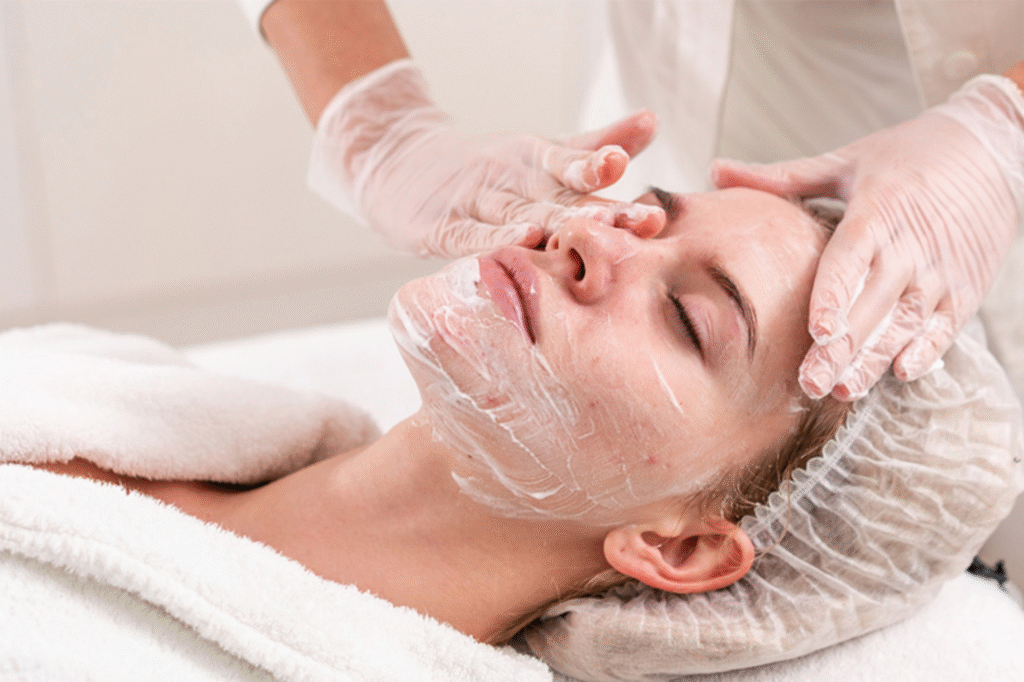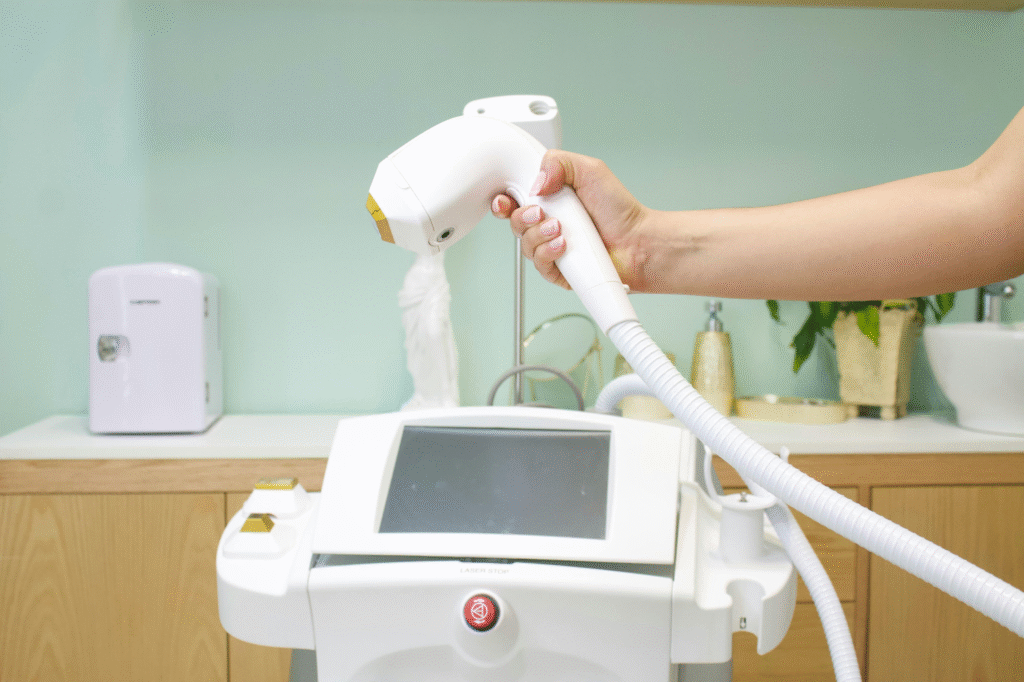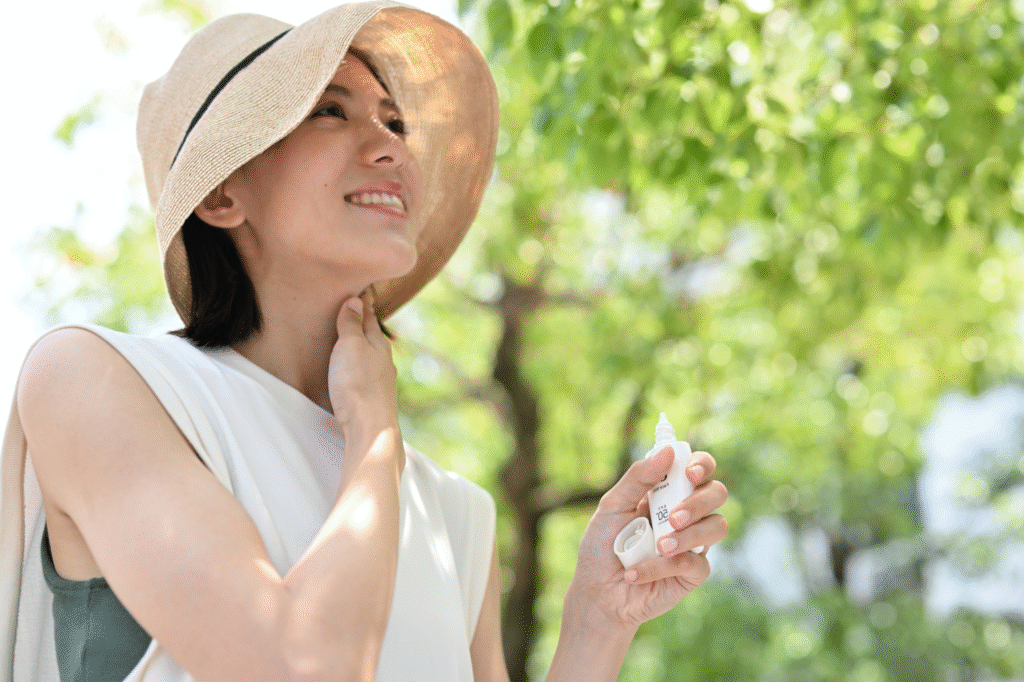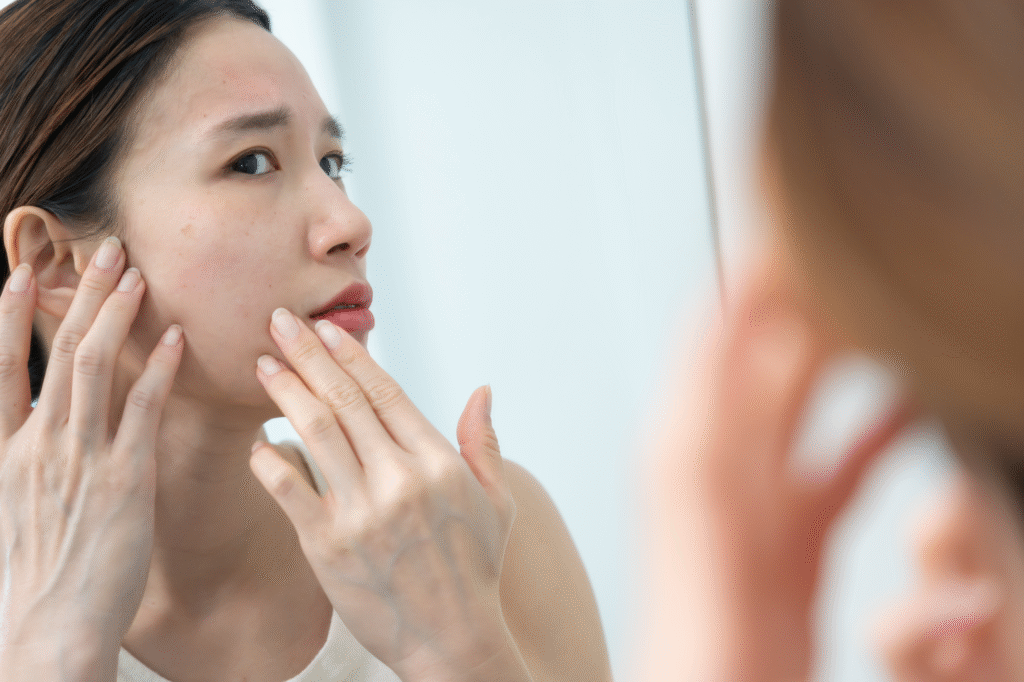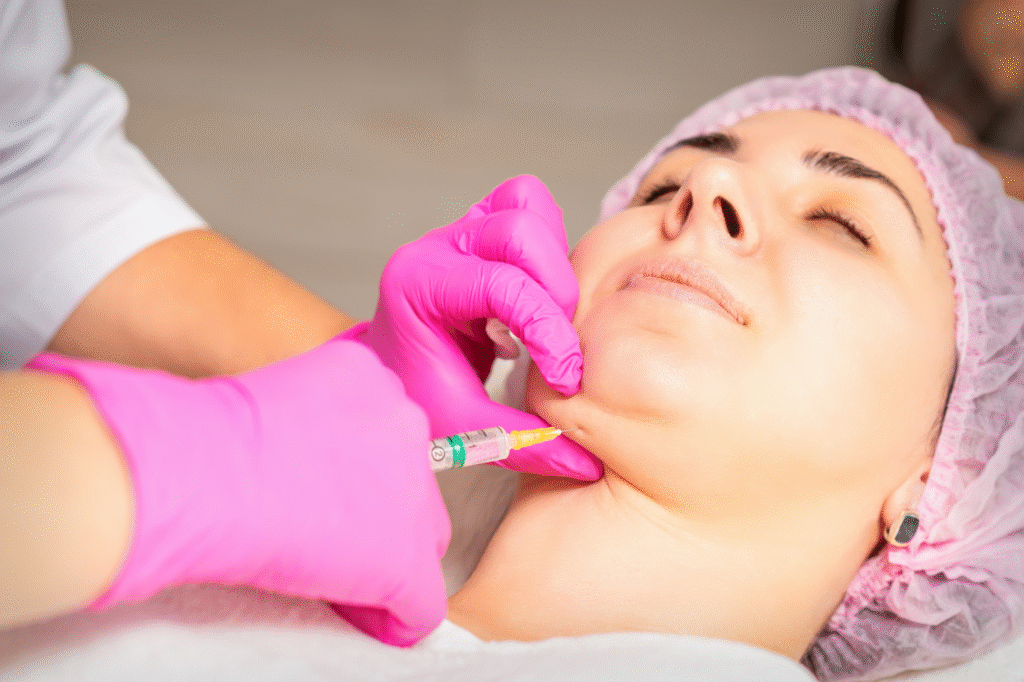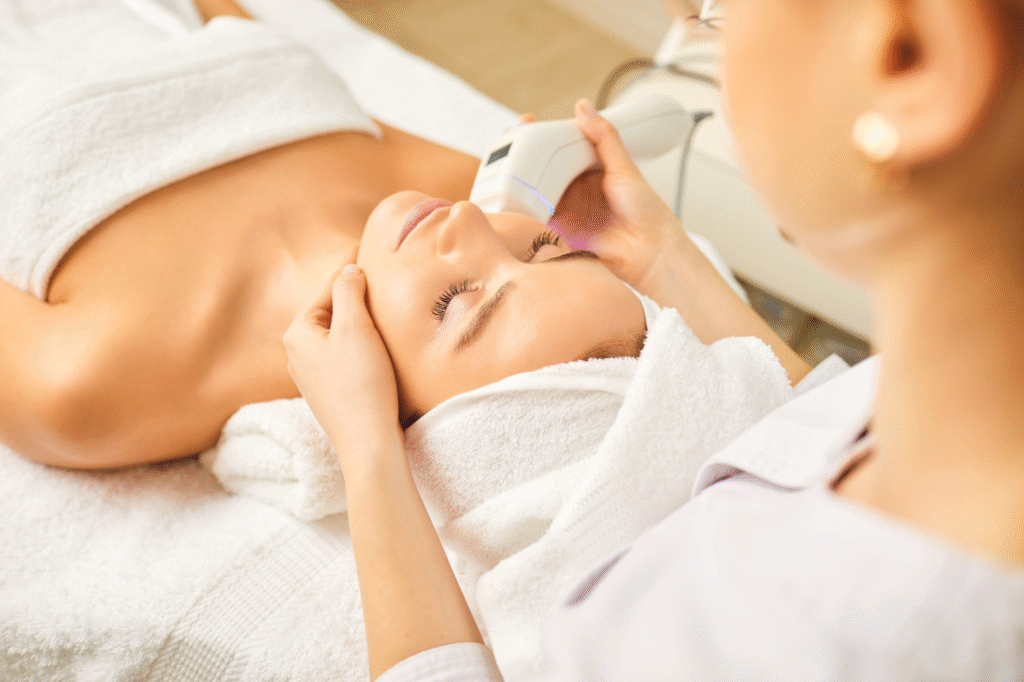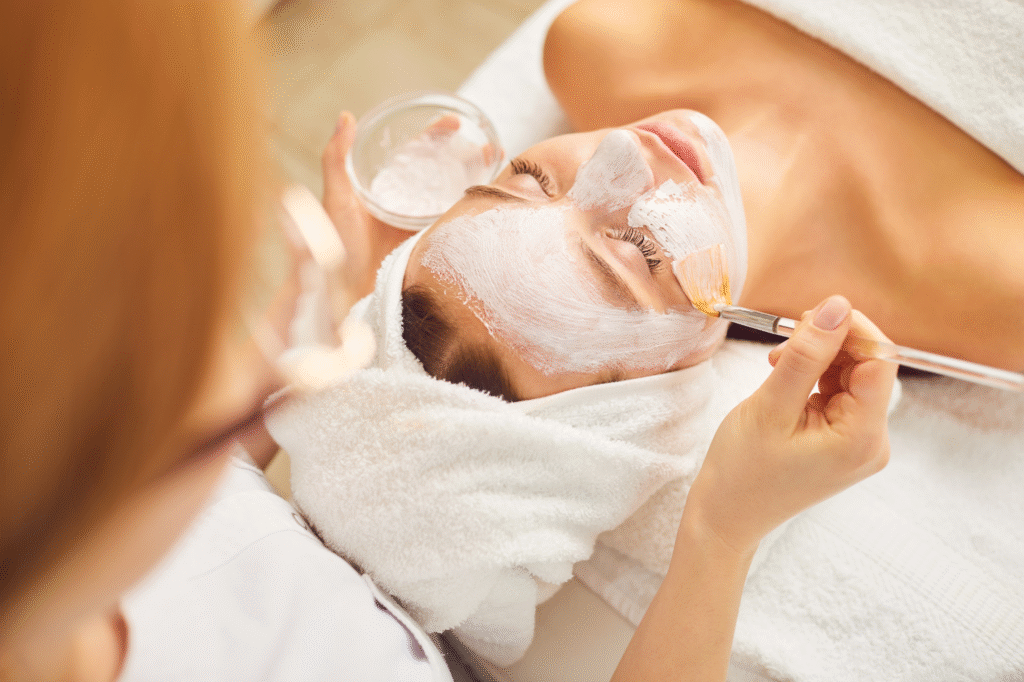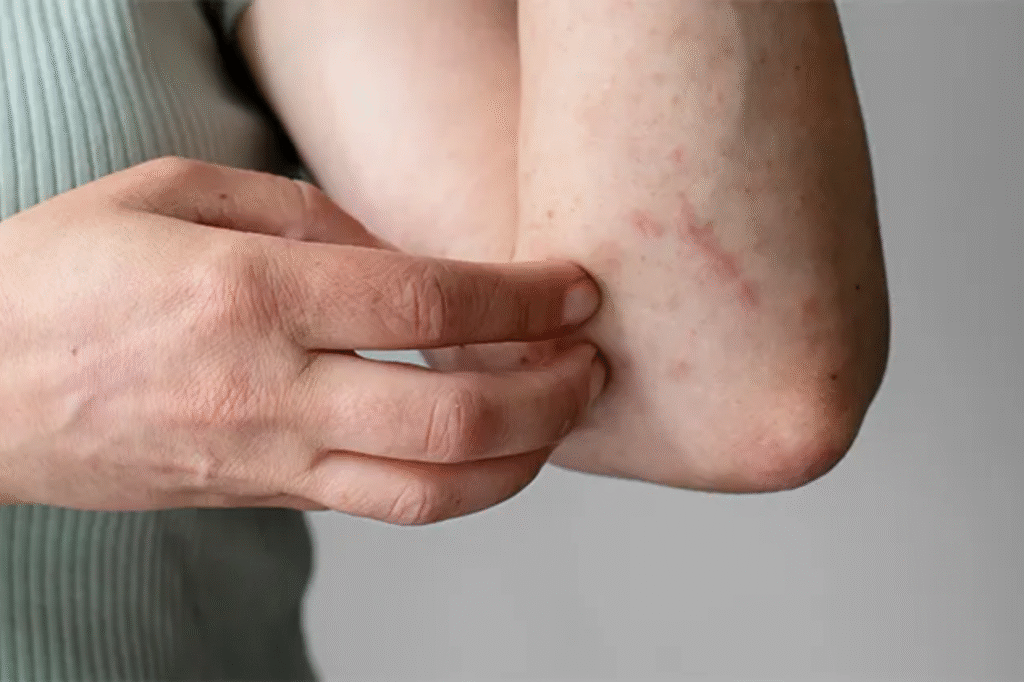Best Skin Rejuvenation Treatments to Get This Winter
Best Skin Rejuvenation Treatments to Get This Winter Winter may bring cozy sweaters and hot chocolate, but it can also bring dry, dull, and tired-looking skin. The cold air, low humidity, and indoor heating often strip away the skin’s natural moisture, leaving it dehydrated and lackluster. That’s why winter is also the best time to rejuvenate your skin. With less sun exposure and cooler weather, your skin heals faster and responds beautifully to professional treatments. At Skin Savvy, we believe every season offers a chance to care for your skin — but winter is truly special. Here are some of the best skin rejuvenation treatments you can try this season to restore your glow and hydration from within. 1. Hydrafacial – Instant Glow, Zero Downtime If your skin feels dry, tight, or flaky during winter, a Hydrafacial is your best friend.This advanced facial deeply cleanses, exfoliates, extracts impurities, and infuses hydrating serums all in one go. ✨ Benefits: Boosts hydration instantly Brightens dull skin Improves texture and elasticity Safe for all skin types It’s a gentle yet powerful treatment that gives your skin that post-facial glow without redness or downtime — perfect for a quick winter refresh. 2. Chemical Peels – Shed the Dullness Winter is the ideal time for chemical peels, as the reduced sun exposure minimizes the risk of post-peel pigmentation.Chemical peels work by removing dead cells, improving cell turnover, and revealing fresh, healthy skin underneath. ✨ Benefits: Fades pigmentation and acne marks Smooths fine lines and rough texture Brightens overall complexion At Skin Savvy, we offer customized peels — from mild fruit-based peels to advanced medical-grade ones — tailored to your skin’s sensitivity and goals. 3. CO2 Laser Resurfacing – The Ultimate Rejuvenation If you want dramatic rejuvenation results, CO2 laser treatment is the gold standard.It targets deep layers of the skin to stimulate collagen production and repair damage caused by aging, sun, or acne scars. ✨ Benefits: Reduces wrinkles and fine lines Tightens sagging skin Improves texture and tone Minimizes scars and pores Winter is the perfect season to get this treatment because cooler weather and limited sun exposure help your skin heal faster and more comfortably. 4. Mesotherapy – Deep Skin Nutrition Mesotherapy involves microinjections of vitamins, antioxidants, and hyaluronic acid directly into the skin.It deeply nourishes your skin cells, boosts hydration, and restores your natural glow. ✨ Benefits: Deep moisturization Radiant, fresh-looking skin Reverses signs of fatigue Perfect for dry winter skin It’s a non-invasive, natural rejuvenation method that works wonderfully in cold weather when the skin needs extra nourishment. 5. PRP (Platelet-Rich Plasma) Therapy – Rejuvenate from Within Also known as the “vampire facial”, PRP uses your body’s own growth factors to repair and rejuvenate your skin.It promotes collagen synthesis and improves texture over time. ✨ Benefits: Reduces fine lines and wrinkles Improves skin tone and elasticity Minimizes scars and pores Boosts long-term skin health Since PRP can cause mild redness and peeling, winter’s gentle climate is ideal for recovery and optimal results. 6. Laser Toning – Even Skin Tone, Fewer Spots Winter is the safest season for laser toning, which targets pigmentation, sunspots, and uneven skin tone.It gently rejuvenates the skin without any harsh peeling or damage. ✨ Benefits: Brightens dull skin Reduces pigmentation and tanning Gives a smoother, even tone At Skin Savvy, we use advanced laser systems under expert supervision for safe, visible results with minimal downtime. 7. Medi-Facials – Relax & Repair Unlike traditional salon facials, medi-facials are performed under dermatological guidance using medical-grade products.They target specific skin concerns such as dehydration, dullness, and pigmentation. ✨ Benefits: Deeply hydrates dry skin Boosts collagen and elasticity Gives lasting glow Perfect as a monthly skincare ritual, medi-facials help your skin stay healthy, radiant, and winter-ready. Post-Treatment Care Tips for Winter To get the best out of your rejuvenation treatments, follow these dermatologist-approved aftercare steps:✅ Apply a broad-spectrum SPF daily (yes, even in winter!)✅ Keep your skin moisturized and hydrated✅ Avoid harsh scrubs or actives for a few days post-procedure✅ Drink plenty of water and include hydrating foods in your diet Conclusion Winter is more than just a season — it’s an opportunity to repair, restore, and rejuvenate your skin.With less sun exposure, calmer weather, and slower lifestyles, your skin has the perfect environment to heal and glow. Whether you want to address dryness, pigmentation, fine lines, or dullness, Skin Savvy offers safe, advanced, and dermatologist-approved rejuvenation treatments tailored just for you. ✨ Let this winter be your skin’s best season yet.Book your consultation with Dr. Garima Singh at Skin Savvy and discover a radiant, refreshed version of you. For more information please connect with us: Hospital’s Name: Skin Savvy by Dr Garima VaranasiAddress: Malviya kunj, SHARABH HOSPITAL, B31/13 D-P, Saket Nagar Colony, Lanka, Varanasi, Uttar Pradesh 221005Contact Number: +91-8808872742Email Id: contact@skinsavvybydrgarima.comWorking Days & Hours: Mon – Sat(11am–7 pm) , Sunday(12pm–4 pm) Call Now Or WhatsApp

